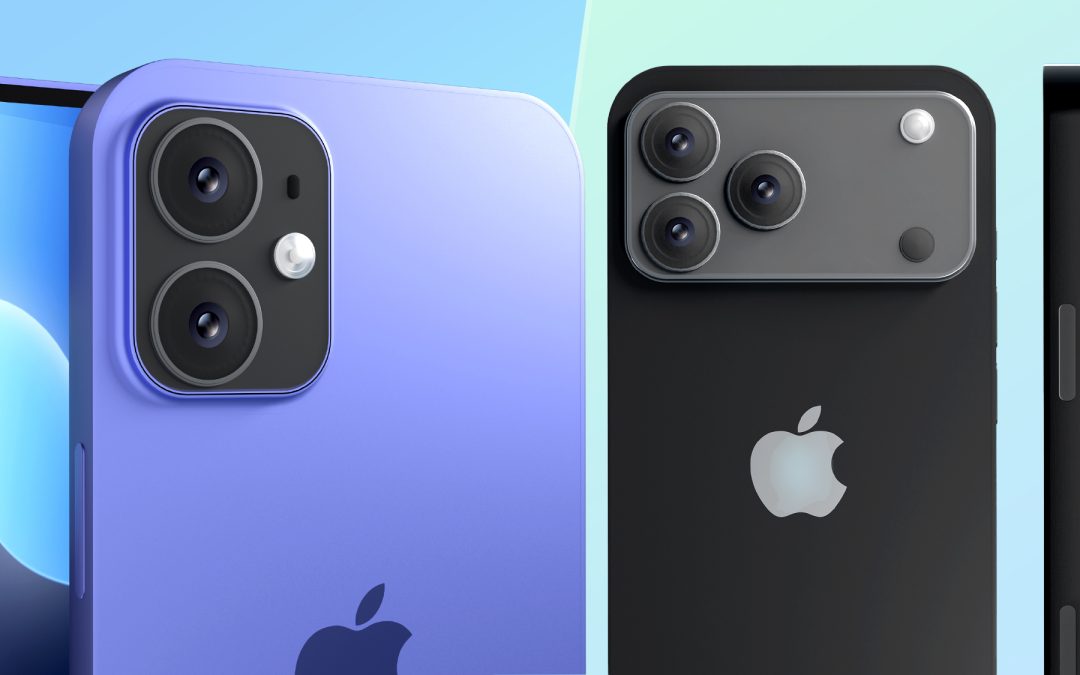The evolution of technology needs to one day eliminate the need for the raised bumps and camera lenses that currently define mobile devices, creating a world where screens and cameras seamlessly merge into a single entity. This vision imagines a future where both the capture and display of light are not separate functions but rather part of the same system, akin to how a mirror reflects light. The key to this evolution lies in rethinking how we interact with visual technology, moving away from traditional lens based designs toward a fully integrated visual experience.
One of the foundational technologies that could bring this idea to life is quantum dots. These tiny particles could be harnessed in the future to create surfaces capable of both capturing and displaying light. By using quantum dots, we could develop screens that not only project images but also instantly transform light into digital pixels for real-time capture. This would effectively eliminate the need for bulky lenses, resulting in sleek and seamless devices that feel more like smooth, uninterrupted surfaces.
In parallel, transparent OLED technology might evolve to allow screens that are both see-through and functional as cameras. These OLED displays, which already offer transparency, could be combined with micro-lenses, turning them into multi-functional surfaces. Light could pass through the screen to display content, while the same screen would be capable of capturing light when needed. Such a system would offer a dramatic reduction in physical design clutter, eliminating the protruding camera lenses that are currently necessary for most mobile devices.
Metamaterials also present a promising avenue for advancing this idea. These materials, which can manipulate light at the microscopic level, could enable surfaces that both capture and project light in ways that traditional systems cannot. With metamaterials, we might see the development of smart surfaces that can dynamically adapt between capturing the world around them and displaying information on demand, all without the need for separate components or visible camera systems.
In the realm of augmented reality and holographic technology, the blending of capture and display could reach new heights. Future AR devices might feature screens that are simultaneously transparent and capable of sensing depth and motion, allowing for an interactive experience where the boundaries between what we see and what we capture disappear. With these innovations, the idea of a hybrid screen-camera system would not only be possible but could become commonplace in everyday devices.
Ultimately, the goal is to create technology that no longer requires the bulky, protruding camera lenses we’ve come to associate with smartphones and other devices. A unified system where the camera and display are intertwined would lead to sleeker designs and more intuitive interfaces. It could change the way we interact with technology, eliminating the distinction between the devices that capture our world and the ones that display it, all while achieving a seamless visual experience.


